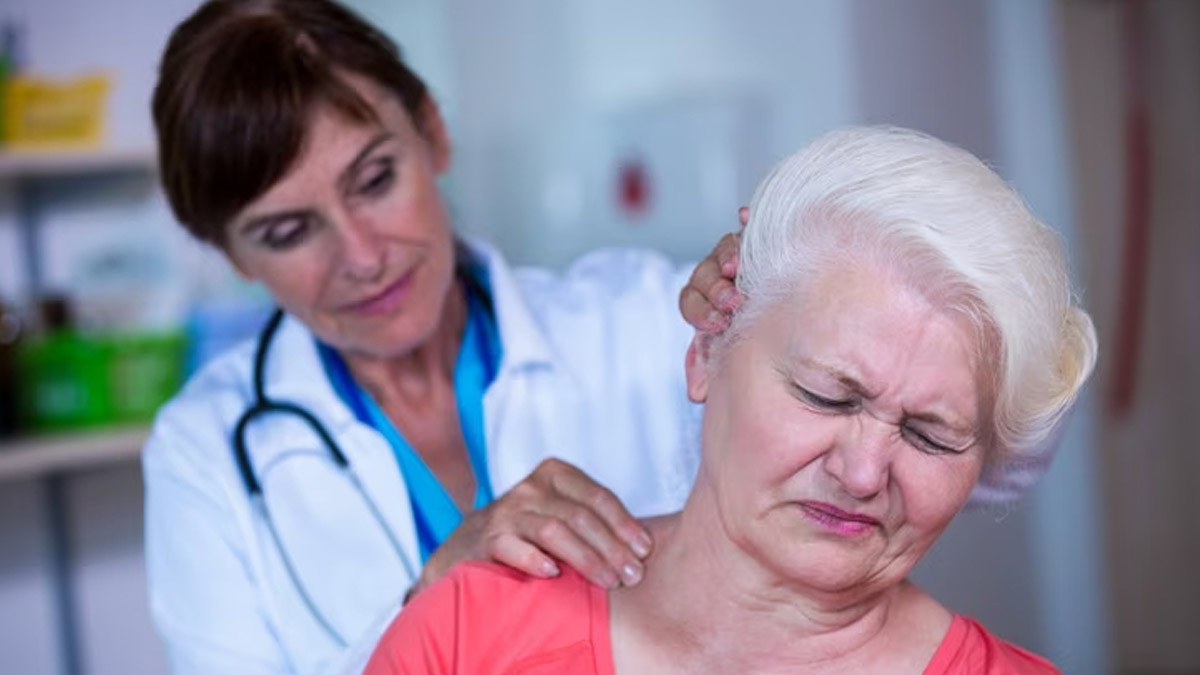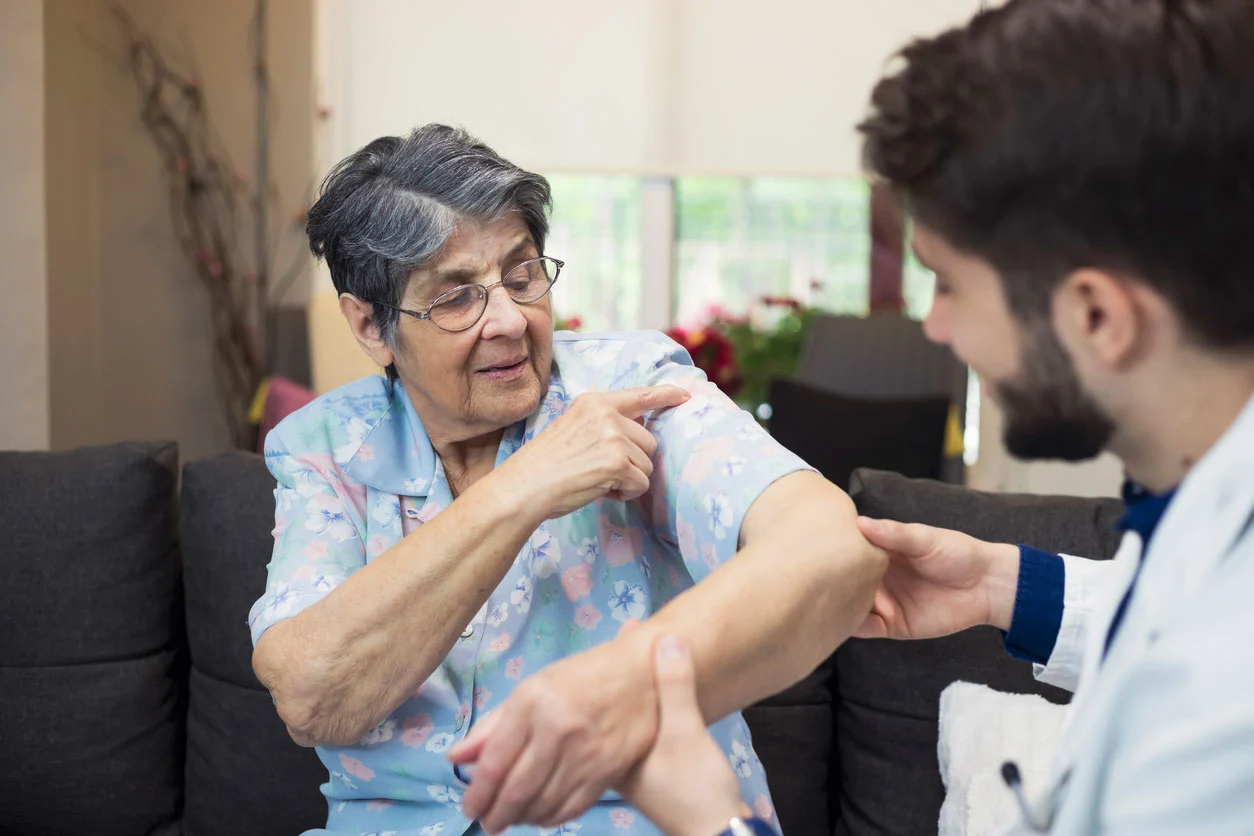As people age, they may experience various health issues, and chronic pain becomes more prevalent. Pain management in the elderly is a crucial aspect of geriatric care, as untreated or poorly managed pain can significantly impact an individual’s quality of life. However, pain management in older adults can be complex due to various factors such as multiple medical conditions, potential drug interactions, and age-related changes. In this blog, we will explore the importance of pain management in the elderly and discuss effective strategies to enhance the well-being and comfort of older adults.
Don’t let chronic pain hinder your loved one’s enjoyment of life. Reach out to Specialty Care Clinics at (469) 545-9983 and discover how our specialized care can make a positive difference in their daily life.
Understanding Pain in the Elderly
Pain perception can change with age, and older adults may experience pain differently than younger individuals. They are more likely to have chronic health conditions, such as arthritis, neuropathy, and osteoporosis, which can contribute to persistent pain. Additionally, age-related changes, such as decreased muscle mass and bone density, may exacerbate pain and increase the risk of injuries.

Importance of Effective Pain Management
Pain management is essential in the elderly for several reasons:
Improved Quality of Life: Addressing pain can significantly enhance an older adult’s overall well-being, allowing them to engage in daily activities, maintain independence, and enjoy a better quality of life.
Enhanced Mobility: Proper pain management can improve mobility, reducing the risk of falls and promoting better physical functioning.
Emotional Well-being: Chronic pain can lead to depression, anxiety, and social isolation in the elderly. Effective pain management can positively impact emotional health and foster social connections.
Sleep Improvement: Unmanaged pain can disrupt sleep patterns, leading to sleep disturbances and fatigue. Adequate pain control can promote better sleep, leading to increased energy and improved cognitive function.

Strategies for Effective Pain Management
Comprehensive Assessment: A thorough pain assessment is vital in older adults. Healthcare providers should consider the type, intensity, and location of pain, along with any underlying medical conditions, cognitive impairments, and psychological factors.
Individualized Treatment Plans: Pain management in the elderly should be individualized, considering each person’s unique needs and medical history. Treatment plans may include a combination of pharmacological, non-pharmacological, and integrative approaches.
Medication Management: Careful consideration of medication regimens is necessary to prevent drug interactions and adverse effects. Healthcare providers should aim to use the lowest effective dose and monitor the elderly closely for potential side effects.
Non-Pharmacological Interventions: Non-drug therapies such as physical therapy, occupational therapy, massage, heat or cold therapy, and acupuncture can complement pain management in the elderly.
Cognitive and Behavioral Therapies: Cognitive-behavioral therapies can help older adults cope with pain, reduce stress, and improve emotional well-being.
Exercise: Engaging in appropriate exercises, such as gentle stretching and low-impact activities, can improve flexibility, strengthen muscles, and alleviate pain.
Nutrition: A balanced diet rich in anti-inflammatory foods, such as fruits, vegetables, and omega-3 fatty acids, can contribute to pain relief.
Communication and Education: Clear communication between healthcare providers, older adults, and their caregivers is essential. Providing education on pain management strategies and encouraging open discussions about pain experiences can lead to more effective care.
Conclusion
Pain management in the elderly is a critical aspect of geriatric healthcare. Effective pain management can significantly improve the quality of life, mobility, emotional well-being, and sleep patterns of older adults. A comprehensive pain assessment, individualized treatment plans, and a combination of pharmacological and non-pharmacological interventions are essential for optimal pain control. By prioritizing pain management in the elderly, we can help older adults age gracefully and enjoy a life free from unnecessary suffering.
